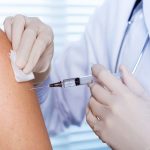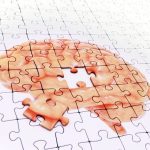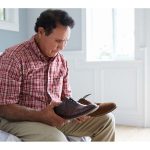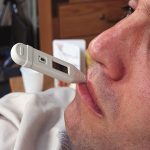
Folks who’ve gotten through a COVID-19 infection might naturally question whether they need to get a coronavirus vaccination when their turn comes. Experts say they really need the shot anyway, because even after having COVID they might be vulnerable to reinfection. “We’re encouraging people if they meet the other criteria to get immunized because we don’t know how long either natural immunity or vaccine immunity lasts,” said Dr. Chris Beyrer, a professor of public health and human rights at Johns Hopkins Bloomberg School of Public Health in Baltimore. All previously known coronaviruses are notorious for promoting short-lived immunity in humans, he said. “Unfortunately, with other coronaviruses typically the immunity you have — like if you get a common cold coronavirus — usually only lasts about a year and a half to two years and then you’re vulnerable again,” Beyrer said. This is because the body uses a relatively simple strategy to fight off common cold coronaviruses, and this strategy does not appear to make a lasting impression on immune system memory, said Dr. Greg Poland, director of the Vaccine Research Group at the Mayo Clinic in Rochester, Minn. As such, he said there’s a chance people who had asymptomatic or mild cases of COVID-19 did not build up any lasting immunity. “Particularly for people who have milder cases, it may be that they don’t have… read on > read on >























-300x200.jpg)










